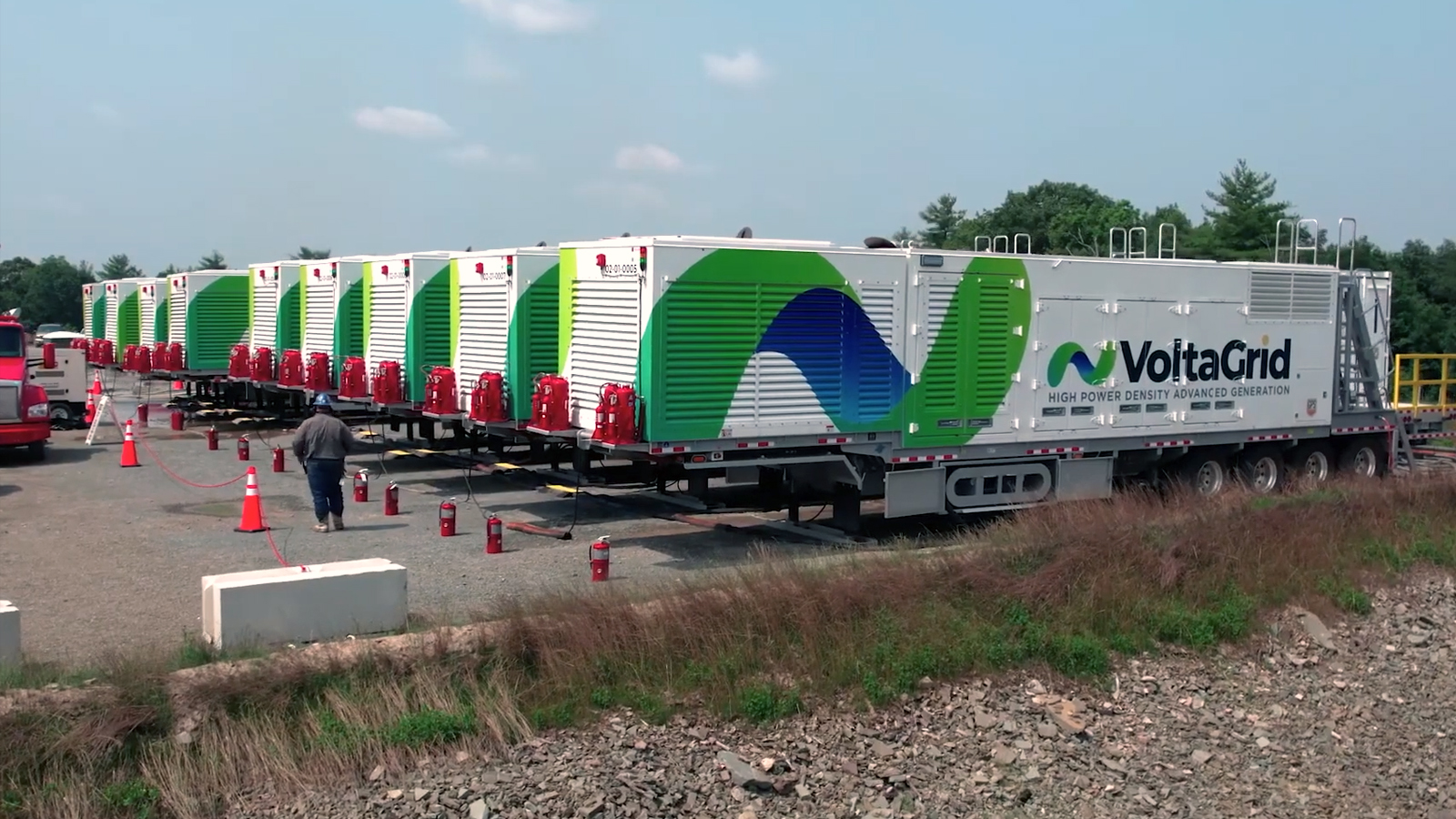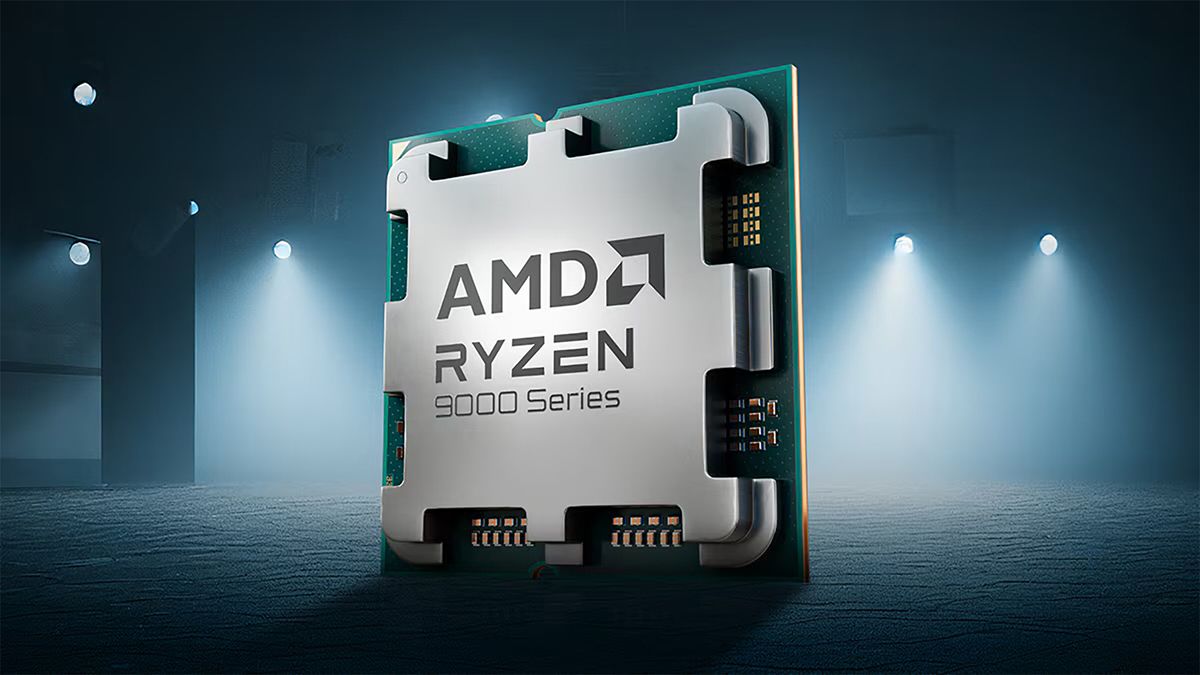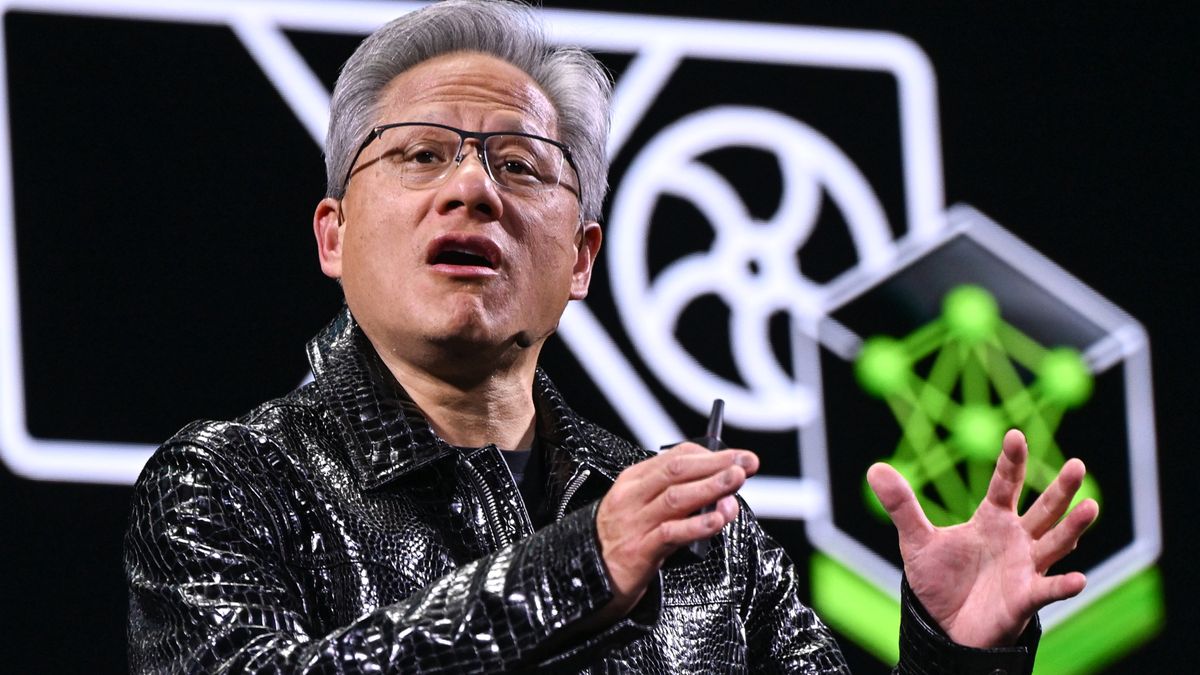Elon Musk fired up the Colossus Supercomputer in July last year, which used 100,000 Nvidia H100 GPUs on a single fabric. However, the site could only draw 7 MW at its launch, which could only power 4% of its GPUs. To solve this, Musk deployed several massive mobile generators to deliver the site’s electrical demands.
This was supposed to be a temporary solution. At the same time, the Memphis facility awaited approval from the Tennessee Valley Authority (TVA) for at least 50 MW of supply and the completion of its 150 MW substation (which was supposed to be finished by 4Q24). However, it’s already 2Q25, and Ars Technica reports that residents discovered that the site is allegedly still using over 30 gas turbines that “release harmful pollution that is tied to asthma, respiratory illnesses, and certain types of cancers.”
Currently, xAI has an ongoing application with the Memphis authorities for 15 turbines. But when the Southern Environmental Law Center (SELC) partnered with South Wings to photograph the site with thermal imaging cameras, they discovered over 30 hotspots, indicating the number of generators operating on the site.
These power sources operate without permits because a legal loophole allows generators to be used for 364 days without one. But with July 2025 coming quickly, xAI needs to have its applications approved. Otherwise, it risks slowing down its operations (or shutting down completely) without access to the electricity it needs for all its GPUs.
Thermal Imaging Shows At Least 35 Portable Methane Gas Turbines
We have to note that we only spot eight bright hotspots on the image shared by Ars Technica, which probably indicates an operating generator. The other hotspots are dimmer, which might suggest that they’re either idle or cooling down. So, it could be that these generators are being used in shifts to avoid excessive damage to a unit. Still, we cannot know how many are running concurrently until we see actual records.
The Colossus Supercomputer has already been approved for 150 MW, but experts say it needs at least 155 MW to run all 100,000 GPUs concurrently. Furthermore, Musk is aggressively expanding his AI dreams, and the site has doubled its computing power to 200,000 GPUs in just 92 days.
If xAI is running all of these AI GPUs simultaneously, it would require at least 310 MW of power — this doesn’t include its miscellaneous power requirements, including electricity for lights, air conditioning, security systems, and more. With the tech billionaire reportedly raising more money to scale the site to a million GPUs, the Memphis site will likely require more power, at least 1.55 GW, to operate.
Residents are complaining because xAI uses multiple methane gas turbines to cover the shortfall in its electrical needs. They said to Ars Technica that it “likely make[s] xAI the largest emitter of smog-forming” pollution, and that they’re now working with the SELC to petition the Shelby County Health Department to reject xAI’s gas generator applications. The latter’s Pollution Control Branch has even scheduled a public hearing so that people living within the area can weigh in on the issue.
What’s disconcerting is that flyers from an anonymous group called “Facts Over Fiction” have started appearing around the affected neighborhoods. These brochures claim that “xAI has low emissions” and that the turbines used on the site are “specially designed to protect the air we all breathe.” The people behind these notices cannot be traced directly back to xAI or Musk. Still, Justin Pearson, a Tennessee House of Representatives member, has urged local authorities to determine who was behind them.
Follow Tom's Hardware on Google News to get our up-to-date news, analysis, and reviews in your feeds. Make sure to click the Follow button.

 8 months ago
154
8 months ago
154










 English (US) ·
English (US) ·